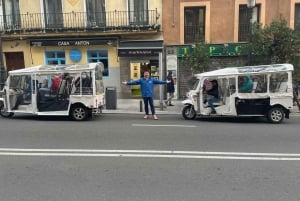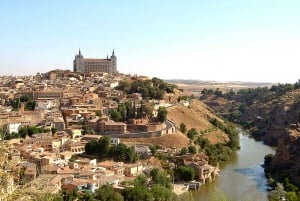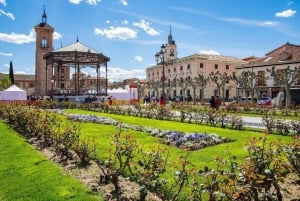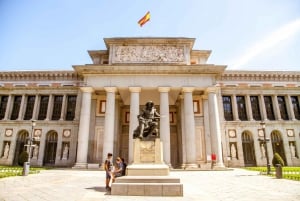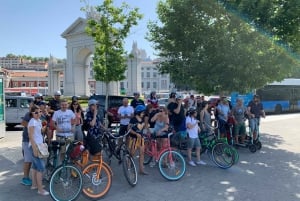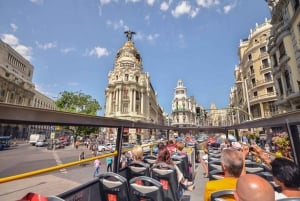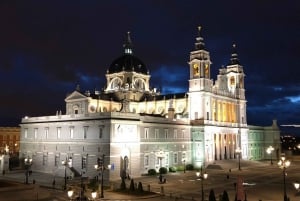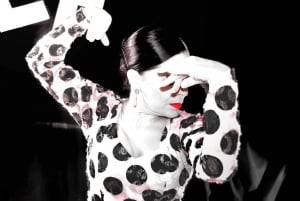Plaza Mayor
Plaza Mayor
The square was formed on the outside of the original wall in the XV century. Known at that time as the "suburb square", it was a square of secondary importance, behind the most popular one known as Plaza de la Paja. King Philip II extended the size of the city including the Plaza Mayor within the wall limits and demolished houses to build entirely new ones. The most famous one is the building called Casa de la Panadería (Bakery house) decorated with colorful frescoes.
The plaza is an arcaded square, surrounded by three-story buildings including nine access gates.
The square was designed to host different spectacles, from bullfights to religious acts. It was also used for public executions by hanging, knife, or garrote.
The square has had different names depending on the ruling party: Suburb, Constitution, or Royal. After the Civil War it was again definitively called the Plaza Mayor.
In 1848 the statue of King Philip III was moved from its original location to the center of the square.
In 1590 the most prominent building in the square, the Bakery House, was built before the square was completed. The oldest building in the square, the lateral twin towers, was added later in 1790.
There are several outdoor bars where locals and tourists come to try Madrid’s typical squid sandwich, made of white bread and fried squid. This sandwich is a landmark in our popular gastronomy and is not to be missed.






